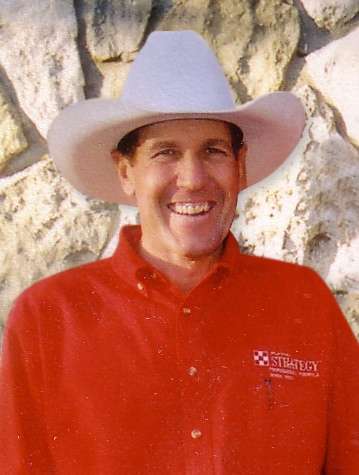After a successful career as a working horse, many owners want to breed their mares to raise colts.
However, sometimes it is difficult to get an older mare in foal and or maybe even an impossible task.
Age is a factor in breeding older maiden mares, but reproductive health is as well, according to veterinarians.
“A mare may be in her prime. But if her body isn’t ready, then that’s a challenge to be overcome,” according to Dr. Joe Noble, Purcell, Oklahoma.
Specializing in equine reproduction, Noble has assisted many older mares through reproduction challenges until finally birthing healthy foals.
A mare’s peak fertility is around seven-years-old. But that doesn’t necessarily mean she will be easy to successfully get in foal or not difficult to breed later.
“Maiden mares over 10 years are a big problem, and more difficult to get in foal,” Noble said. “A 25- to 26-year-old mare is equivalent in biological age to a 75- to 80-year-old person.”
However, every mare is a little different. “Younger mares can also present older maiden mare problems,” Noble said. “Maiden mares have never given birth, although they may have been bred.”
Fertility declines as a mare ages, but it’s what’s going on with the uterus and the cervix that causes problems. “The main issue in older maiden mares,” Noble said, “is the cervix which doesn’t allow the uterus to always operate properly.”
When a mare is bred, abnormal contents are introduced to the uterus. “In older maidens, the cervix doesn’t dilate and the uterus can’t squeeze those contents out,” Noble said.
Inflammation can be caused just by inseminating the mare causing infection. “The uterus being infected or the presence of fluid can keep that embryo from growing and properly attaching,” Noble explained.
Breeding the mare only once during estrous can help reduce contamination of the uterus. “It’s beneficial to use a fertile stallion whose sperm will live 48-72 hours,” Noble said.
A particularly frustrating battle for mare owners is when the mare isn’t cycling because she’s in winter anestrus.
The problem with older maiden show mares many times is that they’ve been kept under lights to reduce hair coat. That causes their bodies to pick random times of the year to go into anestrus. Some grow hair, some don’t, but they won’t cycle reliably enough to breed.
As mares age, their anus tends to sink and their vulva moves from being vertical to horizontal. “This can result in aspiration of air into the vagina and contamination of the uterus with bacteria,” Noble said. “On those mares, surgery is absolutely necessary.”
Foaling does help a mare’s cervical health. However, it is difficult to tell if an older maiden mare will be reproductively challenged.
“It’s always a good idea to have a general breeding soundness exam,” Noble said. That includes palpation and examination of the cervix whenever buying a mare for reproductive purposes.
“But we can’t tell definitively just from a breeding soundness exam whether she’s going to have problems,” Noble clarified. There’s no failsafe way of determining how her cervix is going to operate or whether there are other internal issues.
“A good reproductive examination should be done which starts with evaluation of the mare’s conformation and natural barriers,” Noble continued.
Particular attention should be given to the vulva, as it should form a natural barrier against infection. “If it is displaced horizontally not sealing properly,” Noble said, “it will allow bacterial contamination preventing pregnancy.”
The next step is a rectum palpation and ultrasound examination of the reproductive tract to ensure that it is normal. A vaginal speculum exam and manual examination of the cervix will help verify the mare is not pooling urine.
That is followed by a uterine culture and cytology to detect uterine infection. A uterine biopsy should be done to ensure the uterine lining is normal and capable of supporting a pregnancy.
Although breeding an older maiden mare can be a challenge, it’s certainly possible.
“There are plenty of older maiden mares in the world that can be bred and get pregnant easily,” Noble said.
However, there are some older maiden mares that are extremely difficult to manipulate and get in foal.
“The oldest maiden mare that I have bred and had carry her own foal was 22-years-old,” Noble said. “I can’t say every mare needs to be bred by the time she’s ten-years-old or she’ll always give you problems. Still it helps their reproductive health if a mare is bred and carries a foal between six- and eight-years-old.”
Some owners are worried that their mare will die during foaling. “If the foaling is attended by an experienced attendant, chances of a catastrophic event are almost negligible,” Noble concluded.
CUTLINE
Older maiden mares can be difficult to get in foal, but veterinarian procedures can often overcome any problems.





